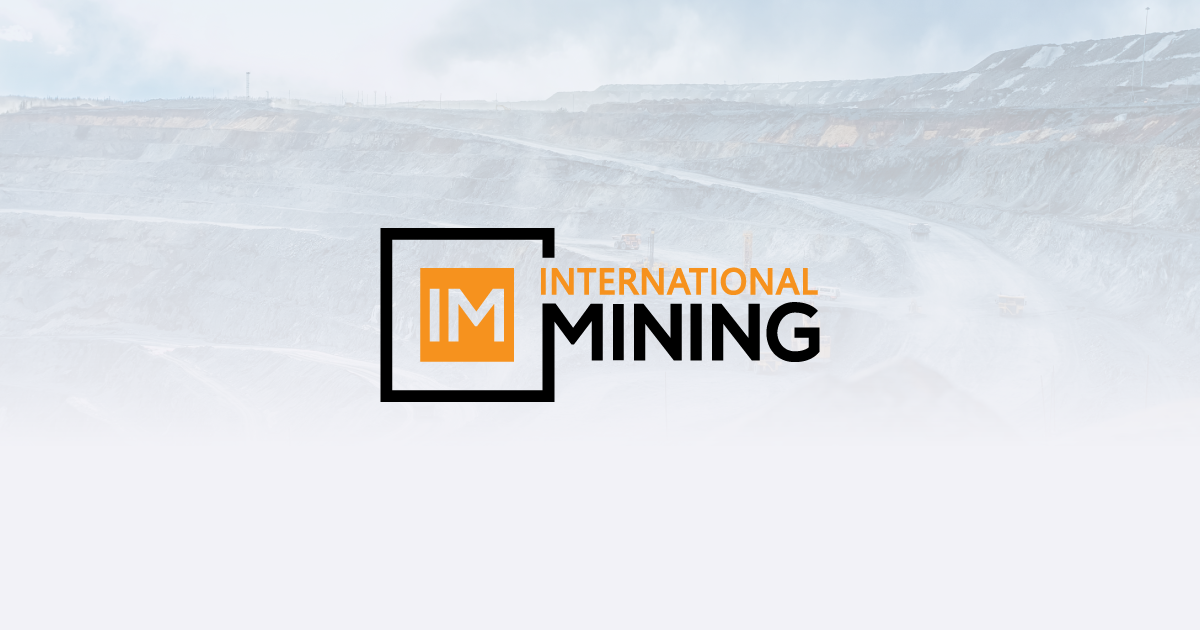Stephen Grocott, chief executive of Queensland Pacific Metals, spoke with Australian Mining about the upcoming AusIMM Critical Minerals Conference.
Critical minerals have been all the rage lately – and with good reason.
To enable the world to transition to net-zero, massive stockpiles of copper, manganese, nickel, zinc and more are needed.
This year’s AusIMM Critical Minerals Conference, to be held in Perth from November 21–23, will examine the rapid growth of the critical minerals industry and delve into the importance of growing clean energy technologies.
Queensland Pacific Metals (QPM) managing director and chief executive officer Stephen Grocott is chair of the 2023 Critical Minerals Conference. He told Australian Mining the sector is moving at an increasingly rapid pace, and the country needs to keep up.
“I don’t think people realise just how fast things are changing,” he said.
“If you think about how the automotive industry changed in 13 years from 100 per cent use of horse-and-cart to 100 per cent use of the internal combustion engine, the critical minerals industry is a bit like that.
“The people who made the money in the automotive transition were not the car manufacturers but the oil companies. The oil companies today are the critical minerals producers.”

Grocott has always been drawn to the world of metals and mining, completing a PhD in physical and inorganic chemistry before joining the workforce at Alcoa and eventually heading up QPM.
“There’s quite a lot of overlap between chemistry and mining,” Grocott said. “There are a lot of technical complexities, and the overlap between the technical and the commercial is pretty important to understand.”
And a technical mind is a good thing to have going into the Critical Minerals Conference, which will showcase a range of abstracts from accepted authors. The conference also features two parallel streams that will allow attendees to dive into whichever area of the conference takes their fancy.
“There are two criteria for attending the Critical Minerals Conference,” Grocott said. “One, you’re involved in the critical minerals industry; two, you’re breathing. It’s for everyone.
“You might be in the finance world and you want to gain insight into the new developments or get a better understanding of the market. Or you might be a process engineer and you want to hear more about metallurgy.
“You get to understand not just the technical things that you need to do your job, but also where the market is going and how your work affects everyone else’s.”
Grocott said attendees would find value in simply walking around the conference space and talking to people. This, he said, would give attendees the chance to pick the brains of others and see how varied the uses of critical minerals are.
Grocott hopes the conference will give investors a chance to see how Australia can utilise downstream processing to further Australia’s critical minerals industry.
“The biggest value-adding step I see for Australia is processing our minerals and mineral concentrates into a manufactured product like rare earth oxides, nickel sulphate or lithium hydroxide,” he said.
“Australia is a great place to do that because our manufacturing costs are very attractive. Once an investor has a plant and some government support, there’s no telling how far they can go.”
Grocott is proud of the fact the Critical Minerals Conference is taking a broad view of the industry.
“We’re looking at both the Australian and the global markets, of course,” he said. “But we’re also looking at project development, at the role of government and, most importantly, how we can develop new critical minerals mines.
“How can we get more Australian critical minerals mines? How can we fund them? What are the risks? How can we manage ESG (environmental, social and governance)? How should one do their modelling?
“It’s important that people wearing the technical hat are able to speak the language of the equity providers and the end users and everyone in between. Because, at the end of the day, no matter what your job title, the necessity of critical minerals affects us all.”
This feature appeared in the September 2023 issue of Australian Mining.




